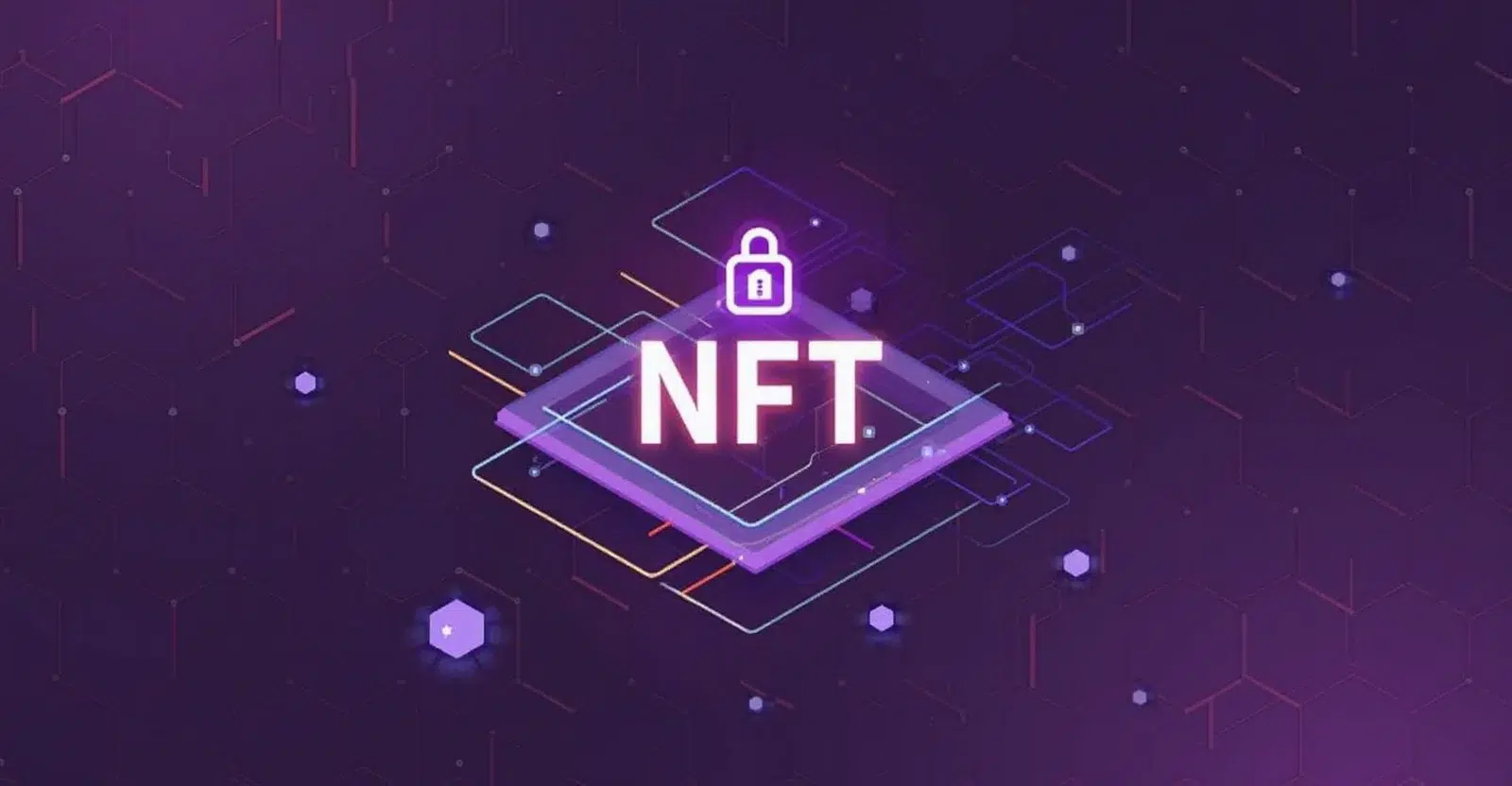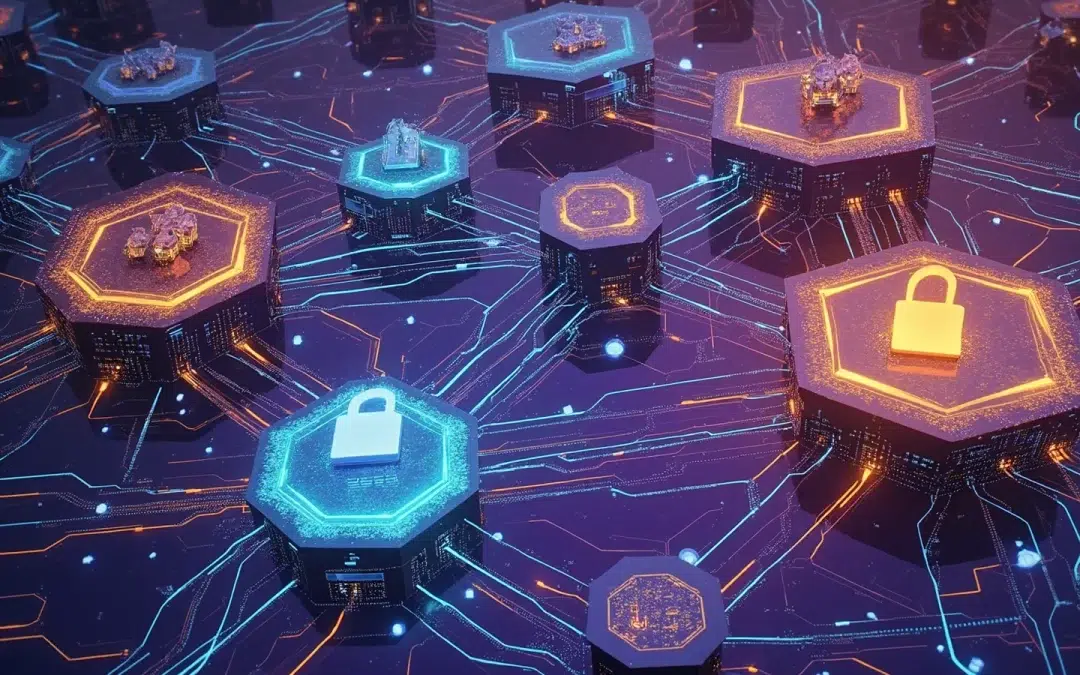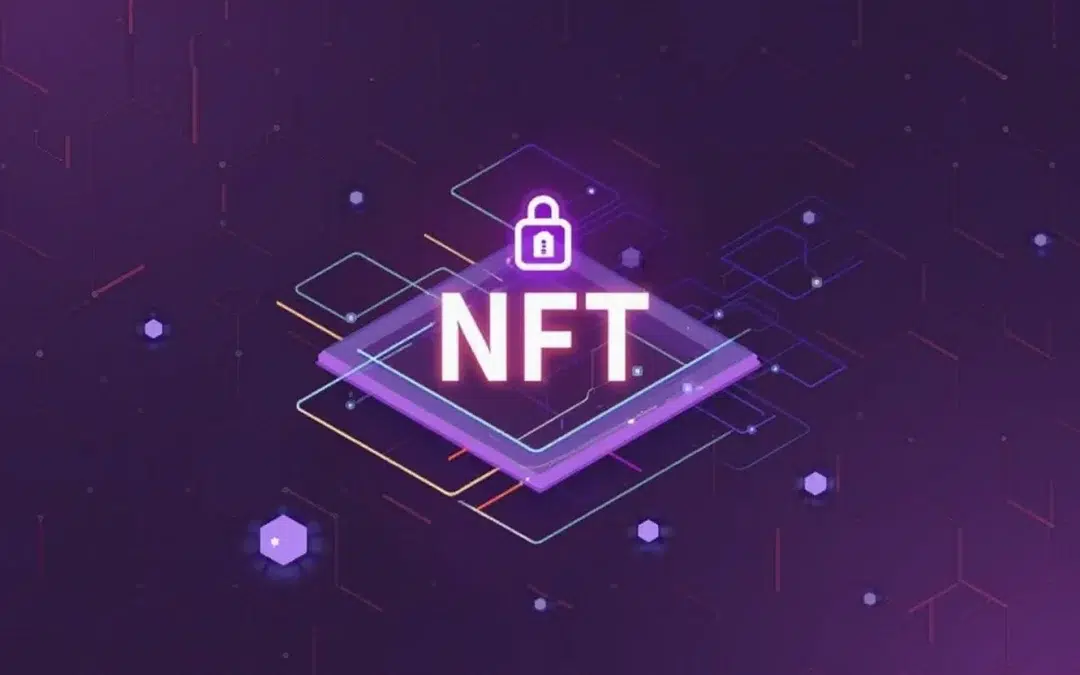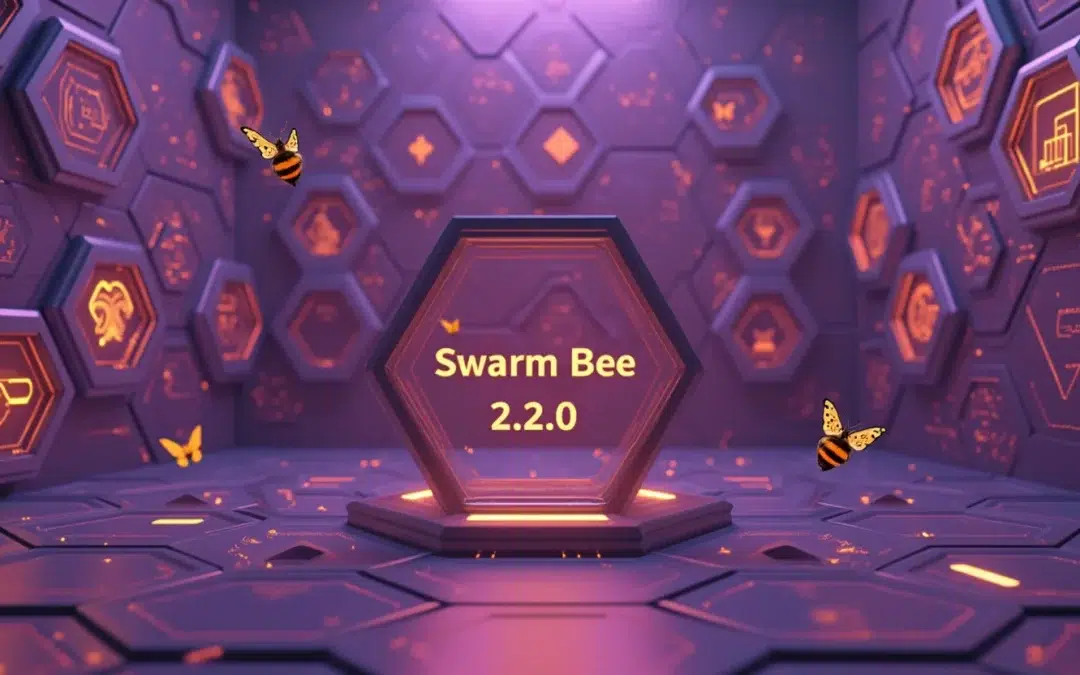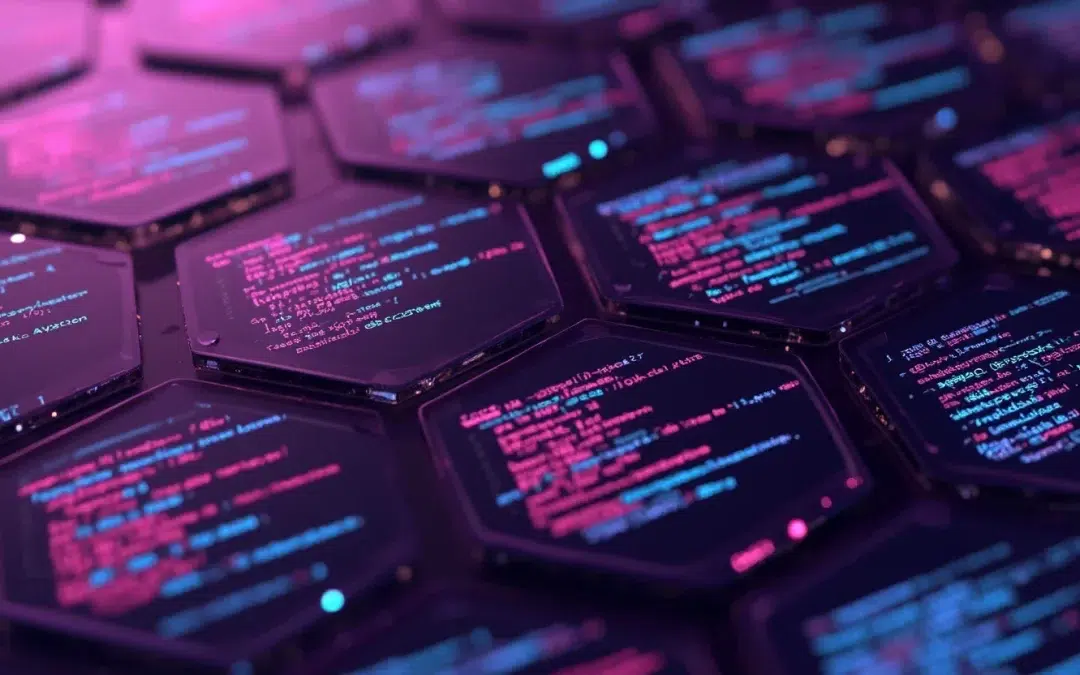NFTs (Non-Fungible Tokens) continue to evolve beyond digital art and collectibles. In this series of posts, we’ll explore some of the most important trends shaping the NFT space in 2025.
Are NFTs as Secure as They Seem? Let’s Discuss.
To kick things off, let’s tackle one of the biggest hurdles facing NFTs today: long-term security and accessibility. Have you ever wondered what happens to your NFT if the server hosting the artwork goes offline? Many NFTs are linked to external files stored on centralized servers, raising critical questions about their longevity.
If the server fails or the provider removes the file, your NFT may still prove ownership of… a broken link. Similarly, while an NFT proves ownership of the token itself, it doesn’t necessarily guarantee copyright protection for the associated artwork. Unauthorized distribution and copyright enforcement remain significant challenges, further highlighting the gap between owning an NFT and controlling the asset it represents.
How can we ensure that the artwork remains secure and accessible over time? Share your insights below, and stay tuned as we dive deeper into this topic and explore possible solutions in the next post.
Here’s How NFTs Can Truly Last Forever
In our previous post, we discussed the risk of losing the artwork tied to your NFT if the server hosting it goes offline. This concern resonates with many NFT owners and creators, as centralized storage systems often leave digital assets vulnerable to server failures or removal by hosting providers.
The good news is that decentralized storage solutions, like Swarm, offer a reliable remedy to these challenges. Swarm provides an immutable and provable storage infrastructure for NFT content, ensuring that the artwork remains accessible and secure over time. By integrating Swarm’s content-addressed hash into an NFT’s on-chain record, creators can guarantee both availability and authenticity.
Here’s how Swarm addresses these challenges:
- Permanent Storage: Swarm’s decentralized nature eliminates reliance on centralized servers. Even if individual nodes become unavailable or temporarily offline, the artwork remains accessible.
- Content Integrity and Provenance: The content-addressed hash acts as a unique fingerprint for the artwork, ensuring its integrity and immutability. Any modification to the file results in a different hash, providing a verifiable link between the NFT and its content. This also makes it easier to prove provenance and assert copyright claims.
- Provable Availability: Swarm enables verifiable claims about data availability, allowing anyone to confirm that the artwork associated with an NFT is securely stored and accessible.
By leveraging Swarm’s technology, NFT creators can enhance the longevity and security of their digital assets, addressing the risks posed by centralized storage solutions. This not only strengthens the connection between NFTs and their underlying content but also builds a more resilient ecosystem for digital ownership.

